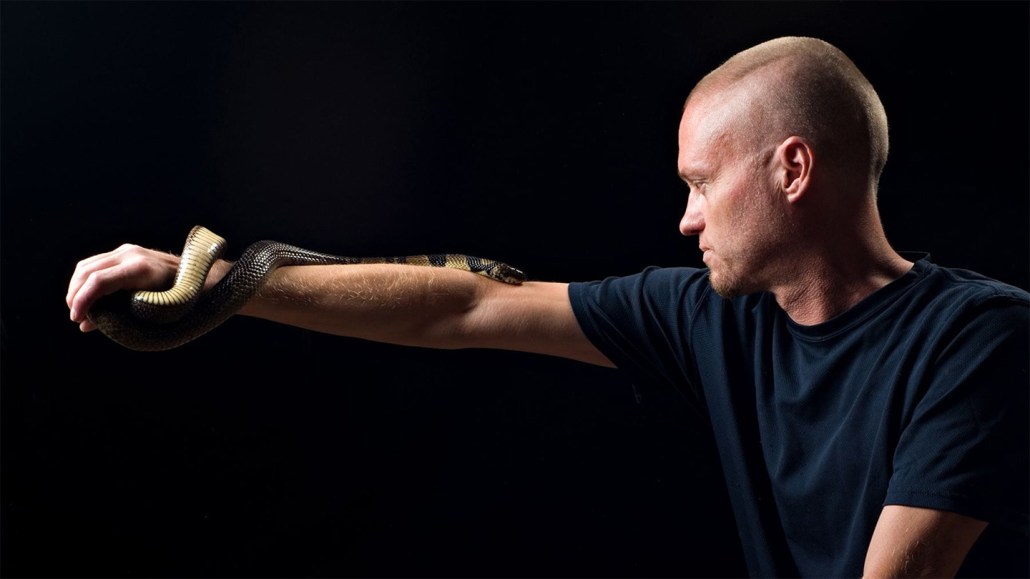A man let snakes bite him 202 times. His blood helped create a new antivenom

To build immunity to bites from venomous snakes like this water cobra, Tim Friede injected himself with doses of venom over time.
Centivax

To build immunity to bites from venomous snakes like this water cobra, Tim Friede injected himself with doses of venom over time.
Centivax